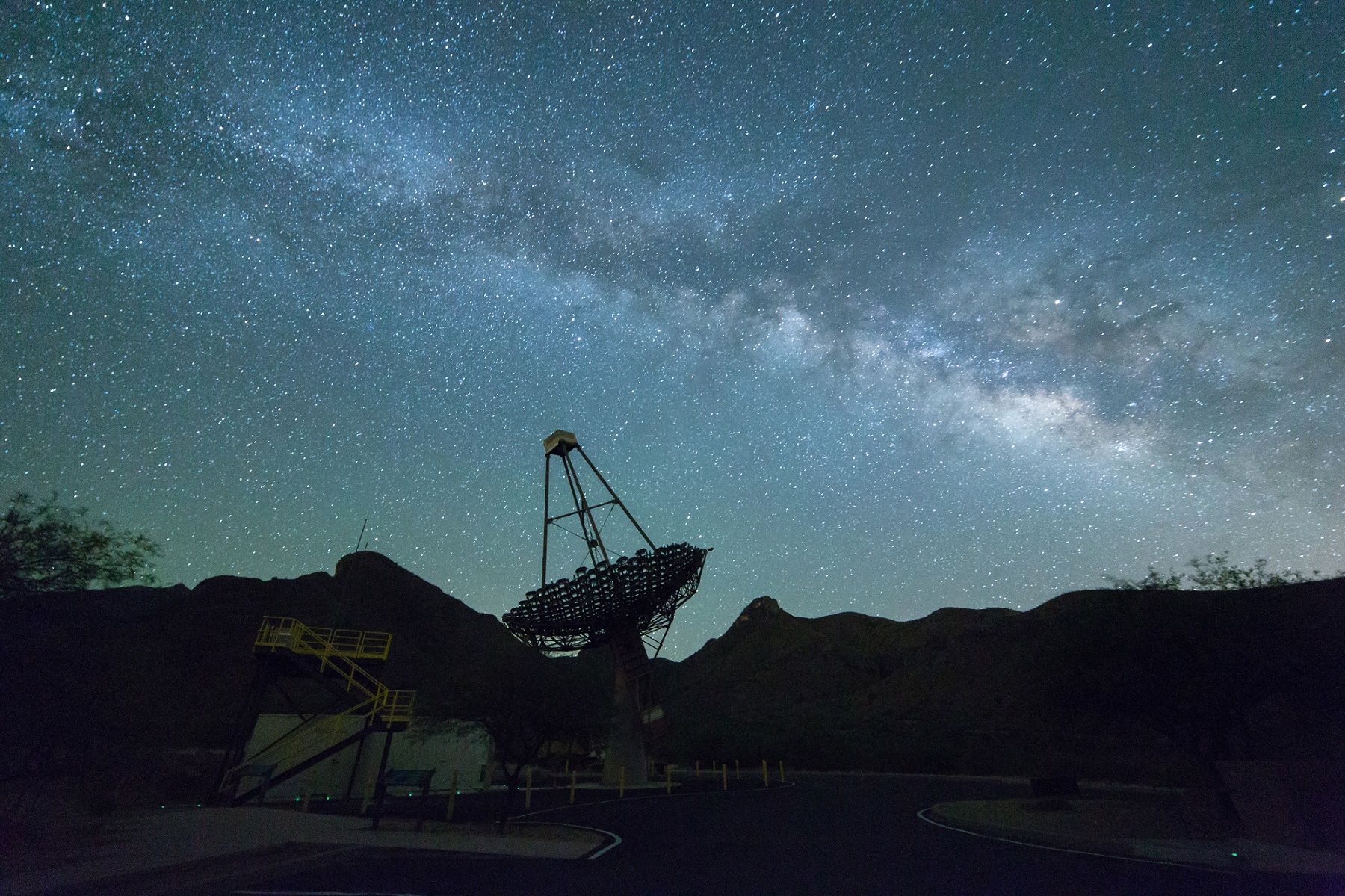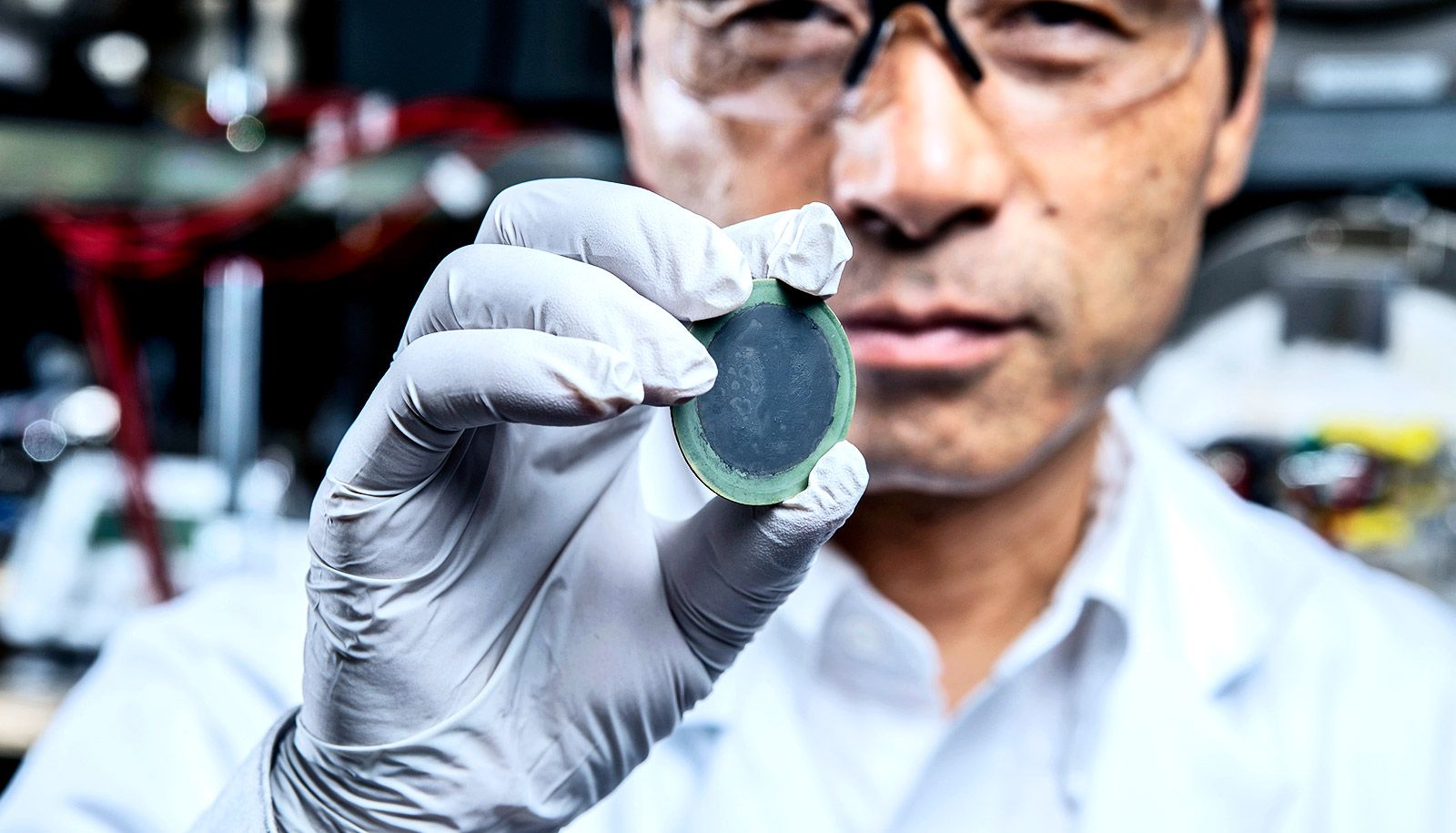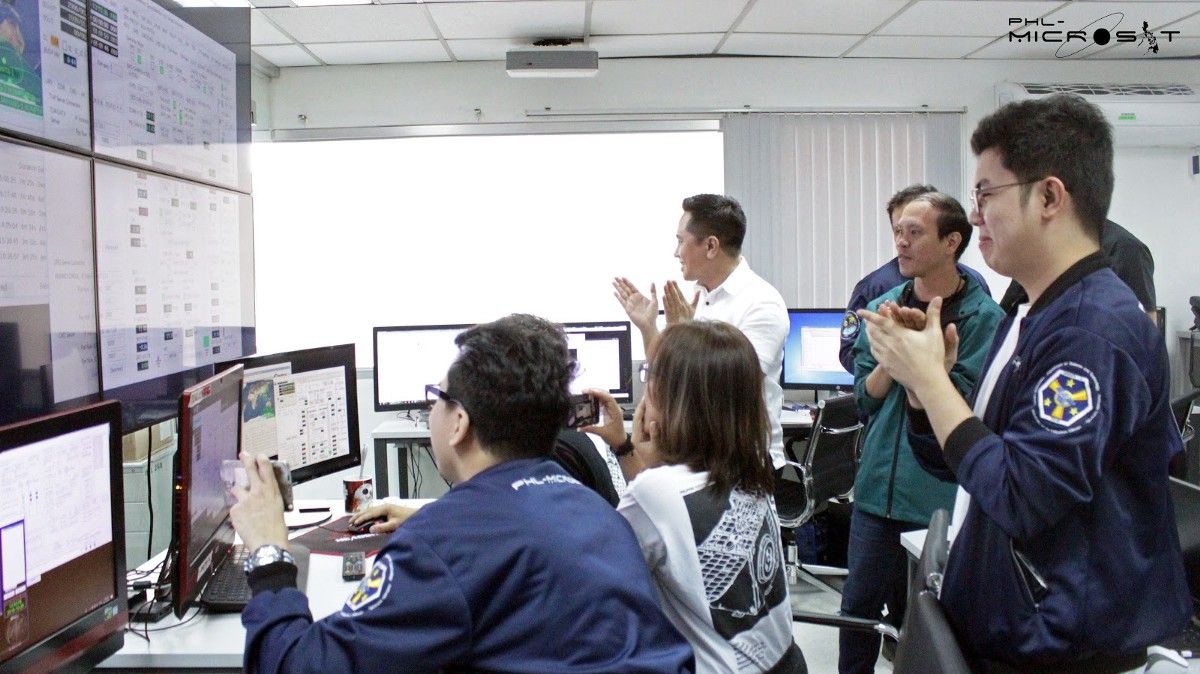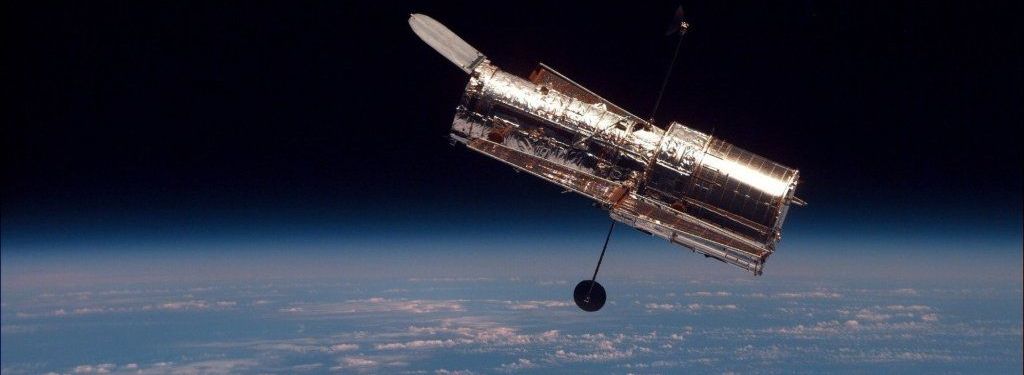Archive for the ‘energy’ category: Page 290
Nov 14, 2018
An Extremely Rare Gamma Ray Emitting Neutron Star Binary Has Been Found
Posted by Genevieve Klien in category: energy

The VERITAS collaboration recently discovered a binary system with a very high-energy gamma-ray neutron star, the rarest and most extreme known object in the Universe.
Nov 10, 2018
Material scientists create fabric alternative to batteries for wearable devices
Posted by Genevieve Klien in categories: energy, health, wearables
A major factor holding back development of wearable biosensors for health monitoring is the lack of a lightweight, long-lasting power supply. Now scientists at the University of Massachusetts Amherst led by materials chemist Trisha L. Andrew report that they have developed a method for making a charge-storing system that is easily integrated into clothing for “embroidering a charge-storing pattern onto any garment.”
Nov 10, 2018
Nano-scale process may speed arrival of cheaper hi-tech products
Posted by Genevieve Klien in categories: energy, nanotechnology
An inexpensive way to make products incorporating nanoparticles—such as high-performance energy devices or sophisticated diagnostic tests—has been developed by researchers.
Nov 8, 2018
High-Tech Vision Care: Is It Time to Upgrade Your Glasses or Contacts?
Posted by Shailesh Prasad in category: energy
It’s an unfortunate fact that a large percentage of people have some sort of trouble with their vision. Even if you don’t at the moment, every human eventually has enough trouble focusing both near and far that they’ll need glasses for one or the other as they age. Our pupils become more limited also, with young eyes able to expand and close from about 2mm to 8mm, while in seniors they hardly change size at all. Exposure to the wrong kinds of light can also lead to eye issues later in life.
Fortunately, there are a variety of high-tech solutions either available or planned that can help us delay, or workaround, or even prevent some of these problems. For many of us, the only time we think about getting new glasses or a different kind of contact lenses is when our prescription changes. But that old pair of glasses you’re wearing doesn’t include the latest high-tech advances, which might turn out to be important to you. Similarly, there is increasing competition in contact lenses as well. We’ll cover some of the most important advances below.

Continue reading “High-Tech Vision Care: Is It Time to Upgrade Your Glasses or Contacts?” »
Nov 4, 2018
Are We Getting Closer to Thorium Nuclear Fuel?
Posted by Genevieve Klien in category: energy
Nov 1, 2018
Cyberattacks increasingly targeting enterprise IT networks in energy and utilities industry
Posted by Genevieve Klien in categories: cybercrime/malcode, energy
Increased attacks prove the importance of detecting threat behaviors early and monitoring network traffic, stopping cybercriminals in their tracks.
Oct 31, 2018
Diwata-2 successfully launched to space, makes first contact
Posted by Michael Lance in categories: energy, satellites
Contact successful!
Diwata-2 was successfully launched to space on October 29, 2018 at 12:08 GMT+08 from the Tanegashima Space Center in Japan via H-IIA F40 rocket. It is one of the small satellites piggybacked with the main payloads IBUKI-2, also known as GOSAT-2 (JAXA’s Second Greenhouse Gases Observing Satellite), and KhalifaSat, a remote sensing Earth observation satellite developed by the Mohammed bin Rashid Space Centre (MBRSC) in the United Arab Emirates. The other small satellites are the Japanese-made Tenkou, PROITERES-2, Stars-AO, and AUTcube-2. Diwata-2 was inserted into the Sun-Synchronous Orbit at an altitude of 621 km, 43 minutes and 20 seconds after rocket lift-off.
On Oct 29, 2018 at 13:52 GMT+08, initial contact was established between Diwata-2 and the Ground Receiving Station (GRS) located at the Department of Science and Technology Advanced Science and Technology Institute (DOST-ASTI). Short telemetry data was received from the satellite on that day. Diwata-2 was initially tracked using pre-launch orbital parameters. As of 12:40 PM yesterday, October 31, 2018, the GRS can now read the satellite’s status, including vital signs such as fully charged batteries, normal power consumption, and good communication link. Commands were successfully sent and initial check procedures will continue throughout the first week from launch. Initial image captures from the cameras can be expected in the coming days.
Continue reading “Diwata-2 successfully launched to space, makes first contact” »
Oct 31, 2018
NASA Scientists Think They Can Extract Rocket Fuel From Martian Soil
Posted by Michael Lance in categories: energy, space
Promising NASA research could make Mars missions far more realistic.
This technology will one day allow humans to live and work on Mars—and return to Earth to tell the story.
Oct 24, 2018
NASA Engineers Basically Jiggled The Hubble Telescope to Fix Its Recent Problem
Posted by Shailesh Prasad in categories: energy, space
After a gyroscope failure put the Hubble Space Telescope out of action on October 5, NASA engineers finally see an end to its troubles. They have its backup gyroscope operating within a normal range and expect science operations to resume imminently.
The space telescope entered a low-power safe mode in early October, suspending science operations while engineers here on Earth diagnosed, then attempted to fix the problem.
At maximum efficiency, Hubble uses three gyroscopes for orienting itself to observe a target in the sky. These gyros measure the speed at which the telescope turns, so that it can be aimed accurately.
Continue reading “NASA Engineers Basically Jiggled The Hubble Telescope to Fix Its Recent Problem” »
















